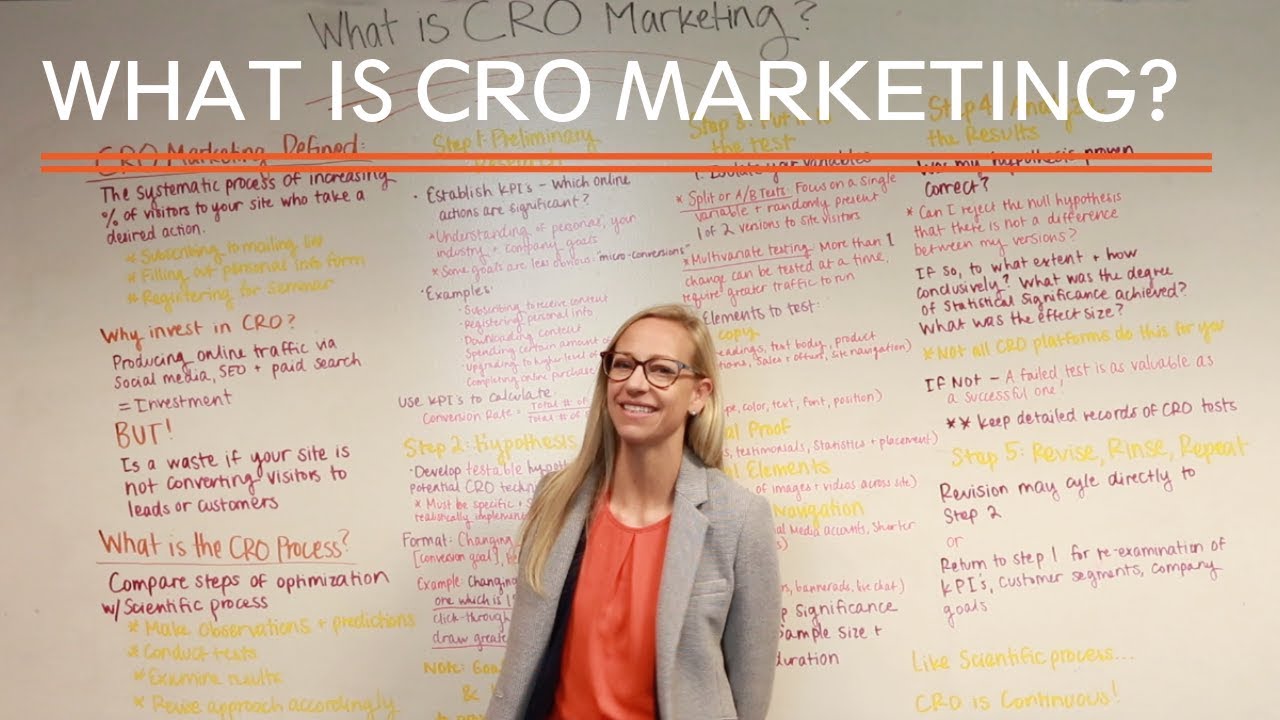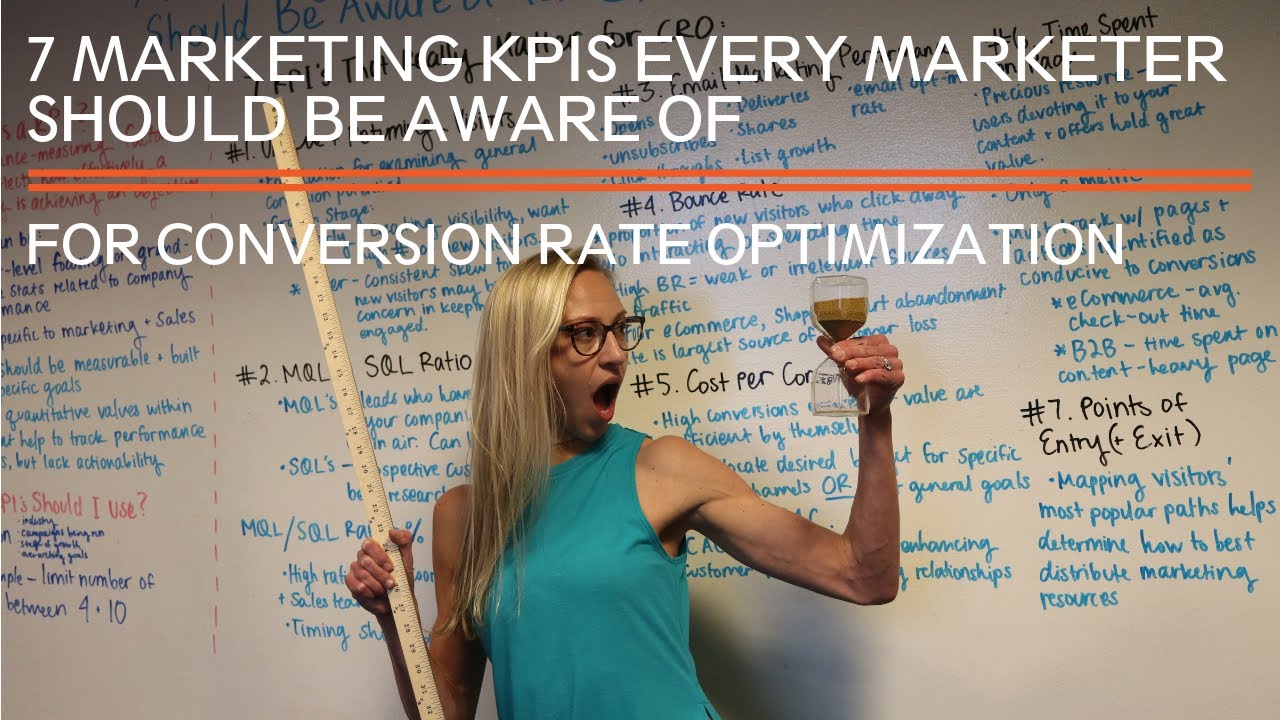7 Marketing KPIs to be Aware of for Conversion Rate Optimization
Testing in marketing strategy is about getting the right answers, and the right answers require the right questions to be asked. The gap between...
I know what I am looking for, and would like to chat.
A team of data-driven marketers obsessed with generating revenue for our clients.
Because the proof is in the pudding.
At Campaign Creators we live by three principles: Autonomy, Mastery, Purpose.

Producing online traffic via social media, SEO, and even paid search is a great start for a marketing strategy, but certainly not a guarantee that visitors will be performing the action that matters most-- converting to customers. For this, we turn our focus on CRO marketing.
CRO marketing, or Conversion Rate Optimization marketing, is the systematic process of increasing the percentage of visitors to your company site who take a desired action — subscribing to a mailing list, filling out a personal information form, registering for a seminar, etc.
With the average ROI from CRO tools estimated at 223%, and 59% of company respondents stating that CRO is crucial to their overall marketing strategy, the topic is undoubtedly one worth exploring.
In short, optimization matters because it maximizes the efficiency of your marketing efforts. So now that we’ve discussed the principle, let’s talk about putting it to work! While implementation of CRO within a marketing plan will vary based on your company’s unique goals and needs, there is a general backbone for this multi-step process.
In fact, we can compare the steps of optimization with those the scientific process-- making observations and predictions, conducting tests, examining the results, and revising your approach accordingly.
Determining how to track conversion rate begins with deciding which online actions are significant to you. Common examples include:
These will be your KPIs, or key performance indicators; using these you can calculate:
Conversion rate = total number of conversions / total number of site sessions
Establishing KPIs requires an understanding of your customer personas, your industry, and the individual goals of your company, as well as asking for feedback directly from site visitors.
Some goals may be less obvious than others and can be tiered into “micro-conversions”-- for example, subscribing to an emailed newsletter list. This portion of the process will also require an examination of your current site, and analytics to reveal how and where conversions are currently occurring most frequently.
Using all of the data gathered, you can now begin to develop testable hypotheses to focus potential CRO techniques on. These should focus on what elements or pages of the site will be modified, and which of your lead demographics are being targeted.
Note the key word “testable”-- it’s important for a hypothesis to be sufficiently specific and suggest a change that can realistically be implemented and measured for effectiveness. Wider Funnel suggests building hypotheses with the following format:
Changing _______ into ______ will increase [conversion goal], because _______ .
For example, changing the current CTA button into one which is 150% bigger will increase click-through rate by 30%, because it will draw greater user attention to the CTA. The expected result can be a ballpark figure; remember that at the end of the day, the goal is to note improvement and learn from the results, not simply to prove all of your hypotheses right.
It is time to conduct your experiments! Just like in the scientific method, keep in mind that it is important to isolate your variables. In other words, changing two elements on a single page and then testing for improvement in conversion rate may leave you confused as to which of the two made a larger contribution-- or even negatively counteracted the results of the other.
Tests which focus on a single variable, and present both versions of the page to two different groups of site visitors, are called split or A/B tests. Some common varieties of tests to conduct include:
More than one change can be tested at a time with more complex multivariate testing, but these require greater traffic to your site (i.e., a larger sample size) to run.
Quite simply, the question to begin with is whether any of your hypotheses were proven correct. If so, to what extent and how conclusively? Your original goals and KPIs should be reflected upon when making these conclusions.
More thoroughly, your results should hold a degree of statistical significance, which is determined by a number of factors. The total number of site visits and conversion rate between variations are two examples. There are a number of sources which detail the reasoning behind a significant conversion rate, but for most companies, this is thankfully a standard built-in feature of their analytics software.
Some changes will inevitably not have been particularly effective, or perhaps even proven detrimental to conversion. A failed test, however, is as valuable of a learning experience as a successful one. It’s for this reason that keeping detailed records of CRO strategy, revisions, and previous tests is vital.
The revision portion of the CRO process may cycle directly to step 2, or return to step one for re-examination of KPIs, greater research into customer segments, revision of company goals into more realistic (or more ambitious) ones, etc. Like the scientific process, CRO is continuous.
CRO and SEO (search engine optimization) have somewhat of an odd relationship in the marketing world; they can be mistaken as synonymous, confused with one another, or even pitted against each other. In reality, however, the two are distinct, complementary components of a well-rounded marketing strategy that is more than capable of working in harmony.
SEO revolves around techniques intended to increase your company’s exposure in organic search engine results through on and off-page strategy. On-page SEO includes keyword research and incorporation into site content, links, images, etc., while off-page SEO involves under-the-hood link building and search engine algorithms.
True, conflicts can arise between the two; for example, if changes in elements that can improve CRO will negatively affect the search ranking of the page and do not align with SEO goals. However, these can undoubtedly be settled with creativity, compromise where needed, and plenty of testing.
So how can SEO and CRO be compatible? Here are examples of actions that benefit both:
In short, CRO marketing can bring crucial results to your campaigns without disrupting your existing strategy. Now, get out there and start increasing your conversion rates!
If you're struggling to implement a conversion rate optimization process for your eCommerce brand, you're not alone. That's why we created this step-by-step guide How To Implement An ECommerce CRO Process That Drives Sustainable Revenue. Download your free guide to learn how to implement an effective eCommerce CRO process in 8 steps.
Our process has helped an eCommerce brand increase their conversion by 227% in just 5 months. If they can do it, so can you.

Testing in marketing strategy is about getting the right answers, and the right answers require the right questions to be asked. The gap between...

In today's digital age, attracting website visitors is just the tip of the iceberg; the real challenge lies in converting those visitors into...

Conversion Rate Optimization (CRO) marketing is vital to any successful digital marketing strategy. Why? Because driving traffic is no longer...